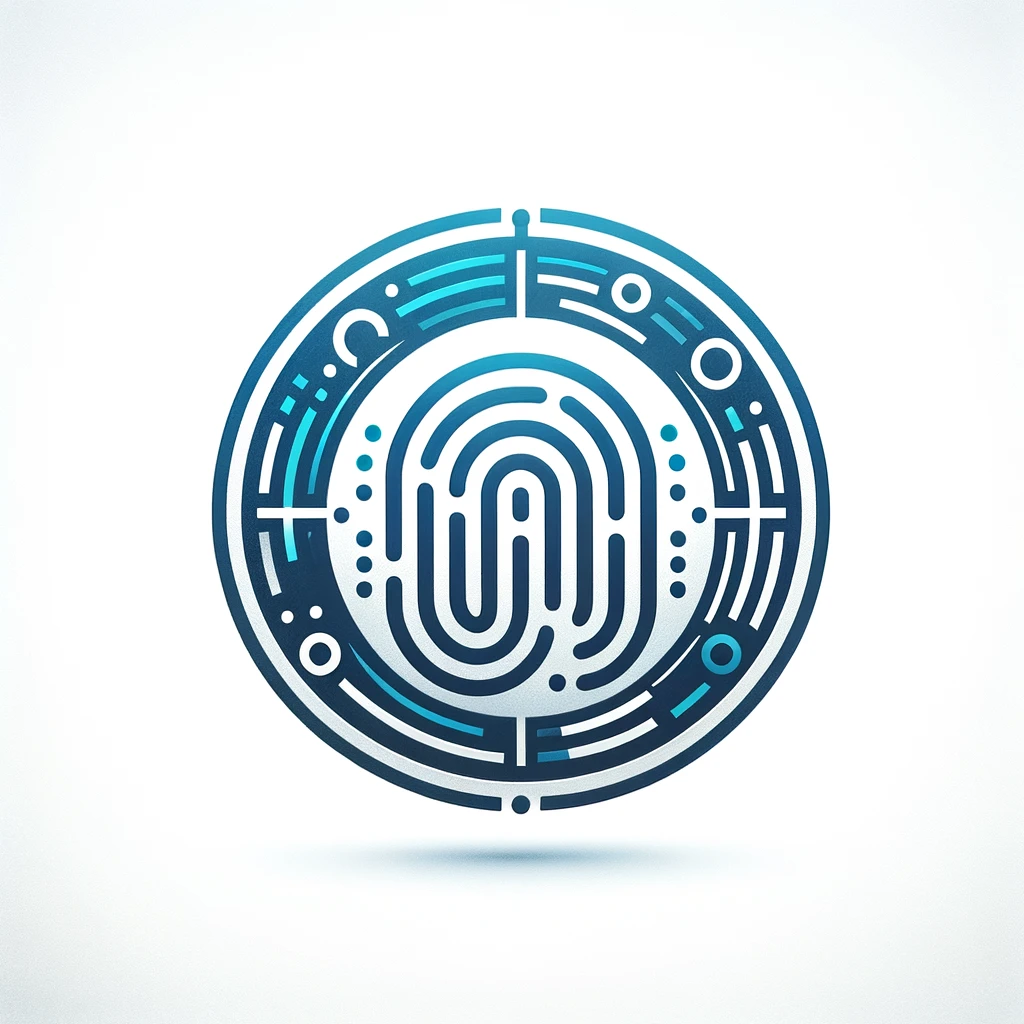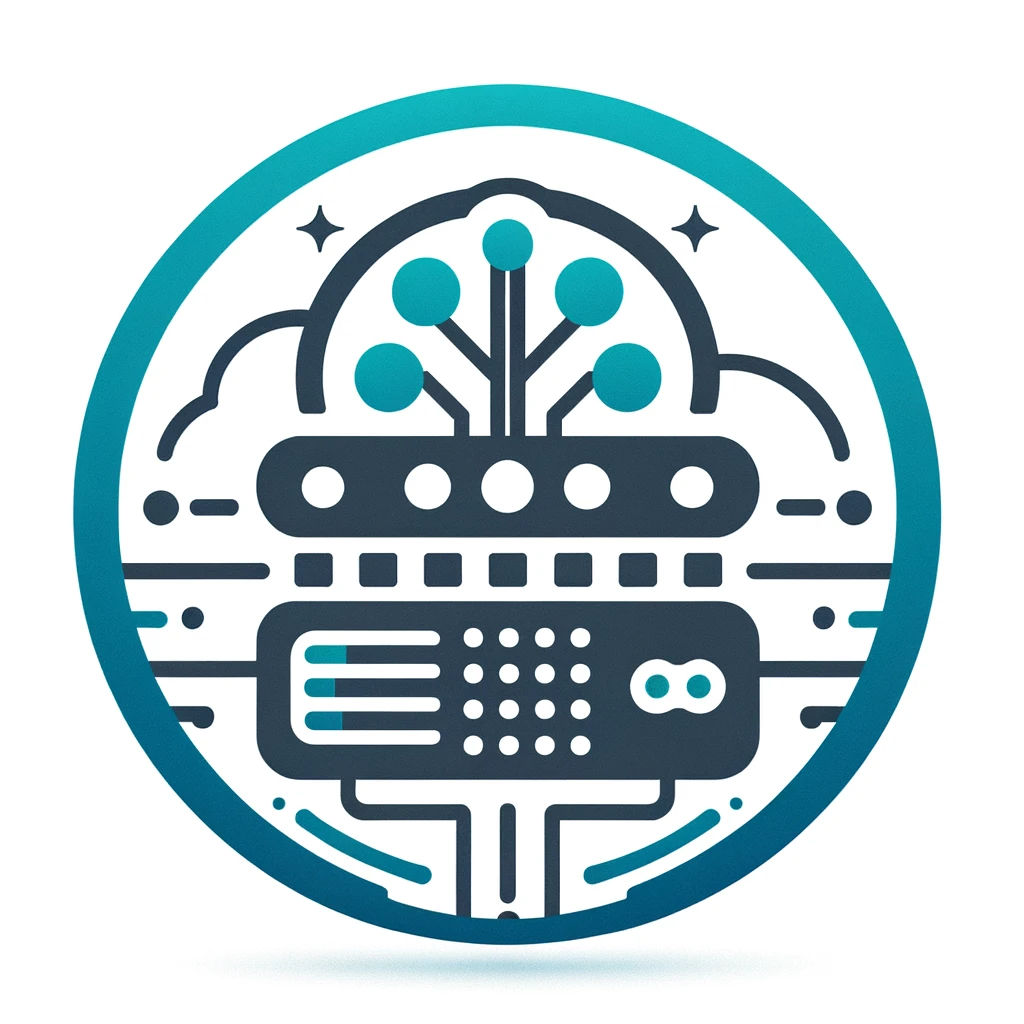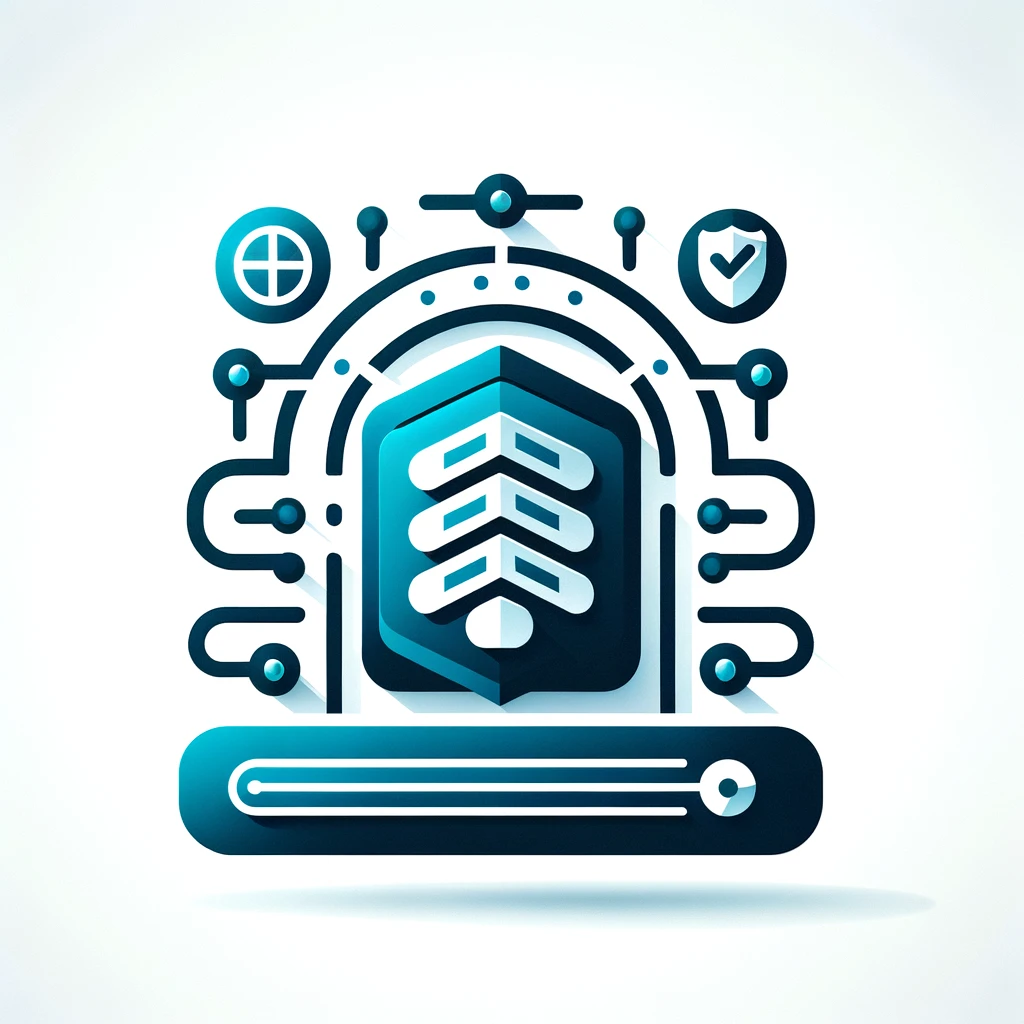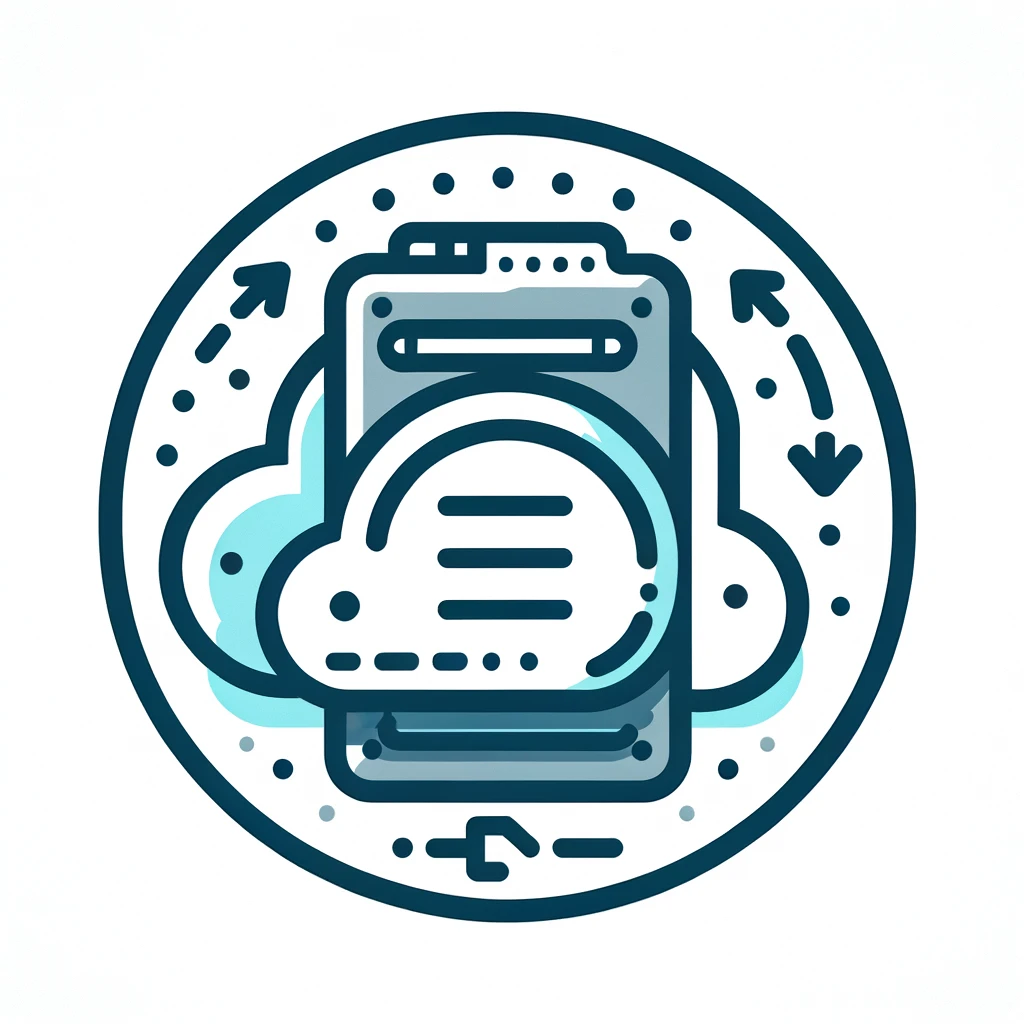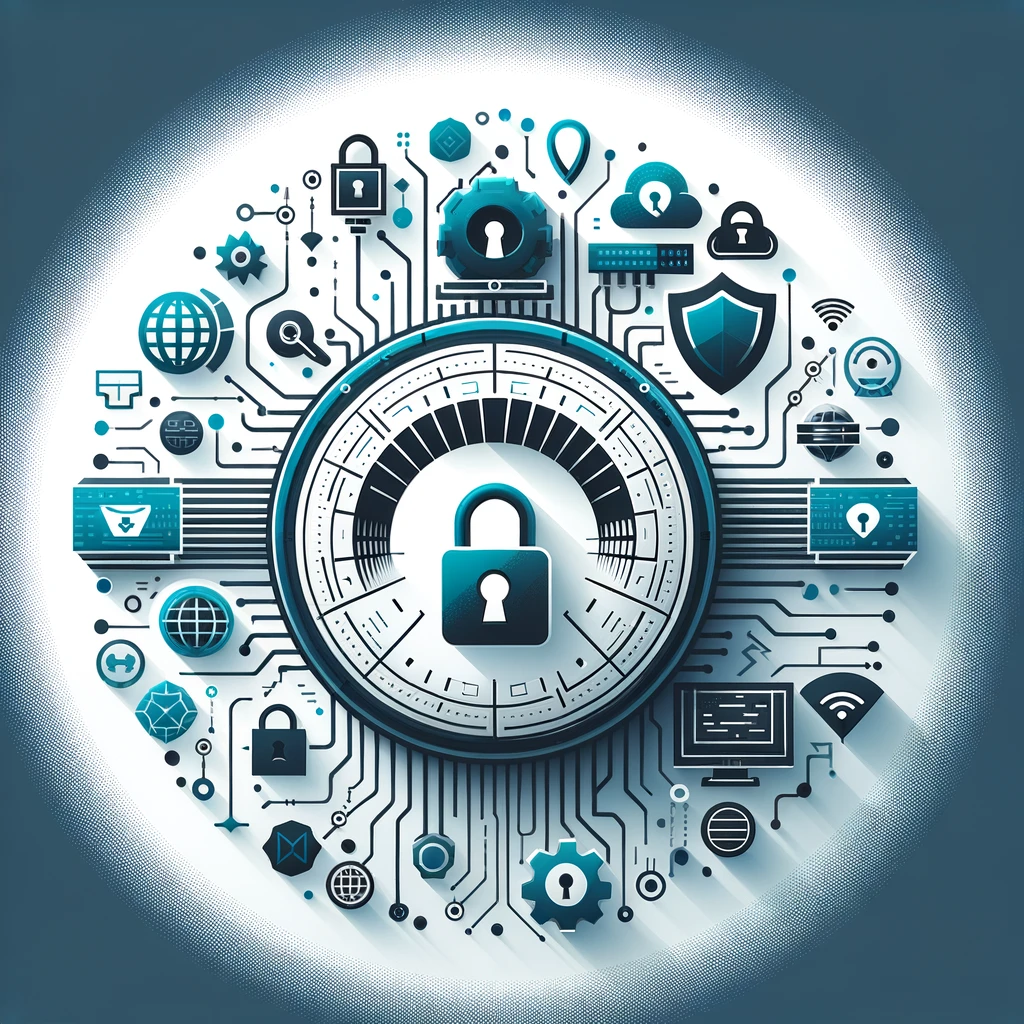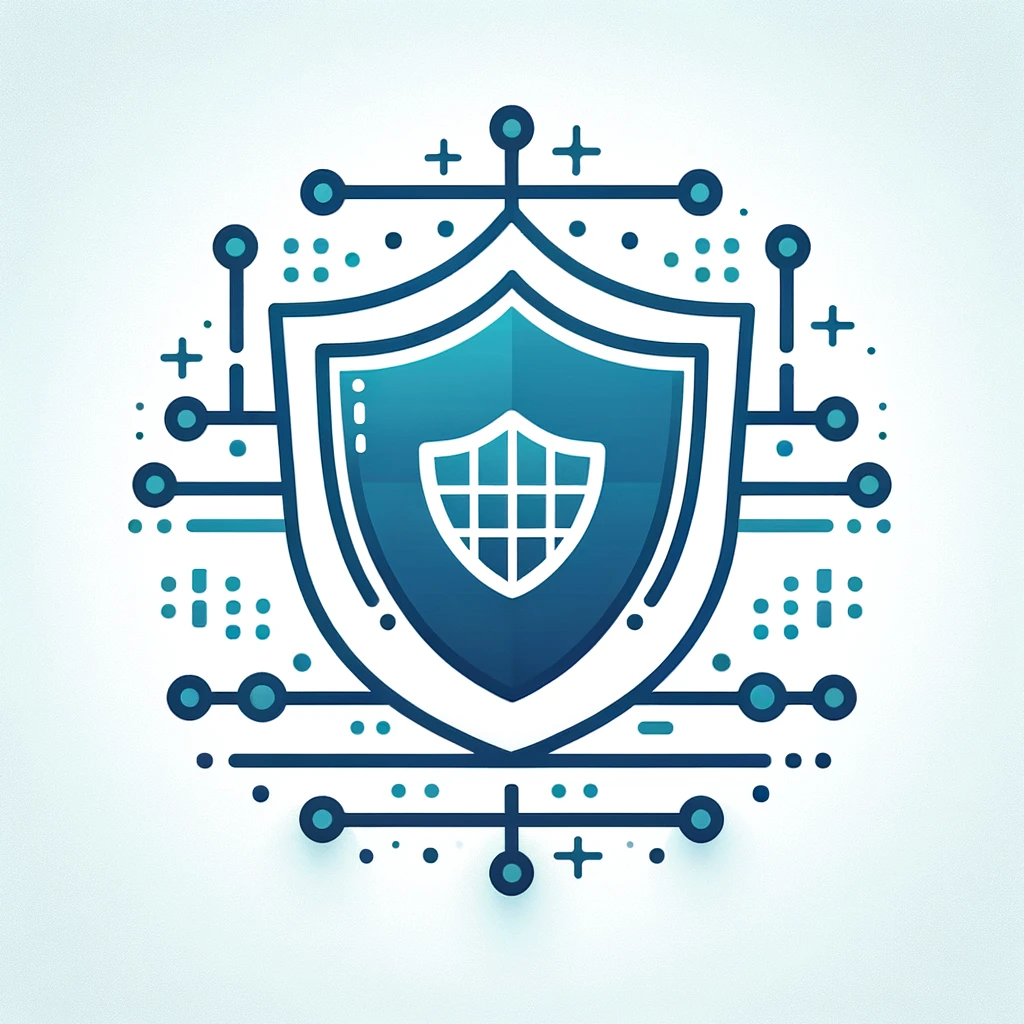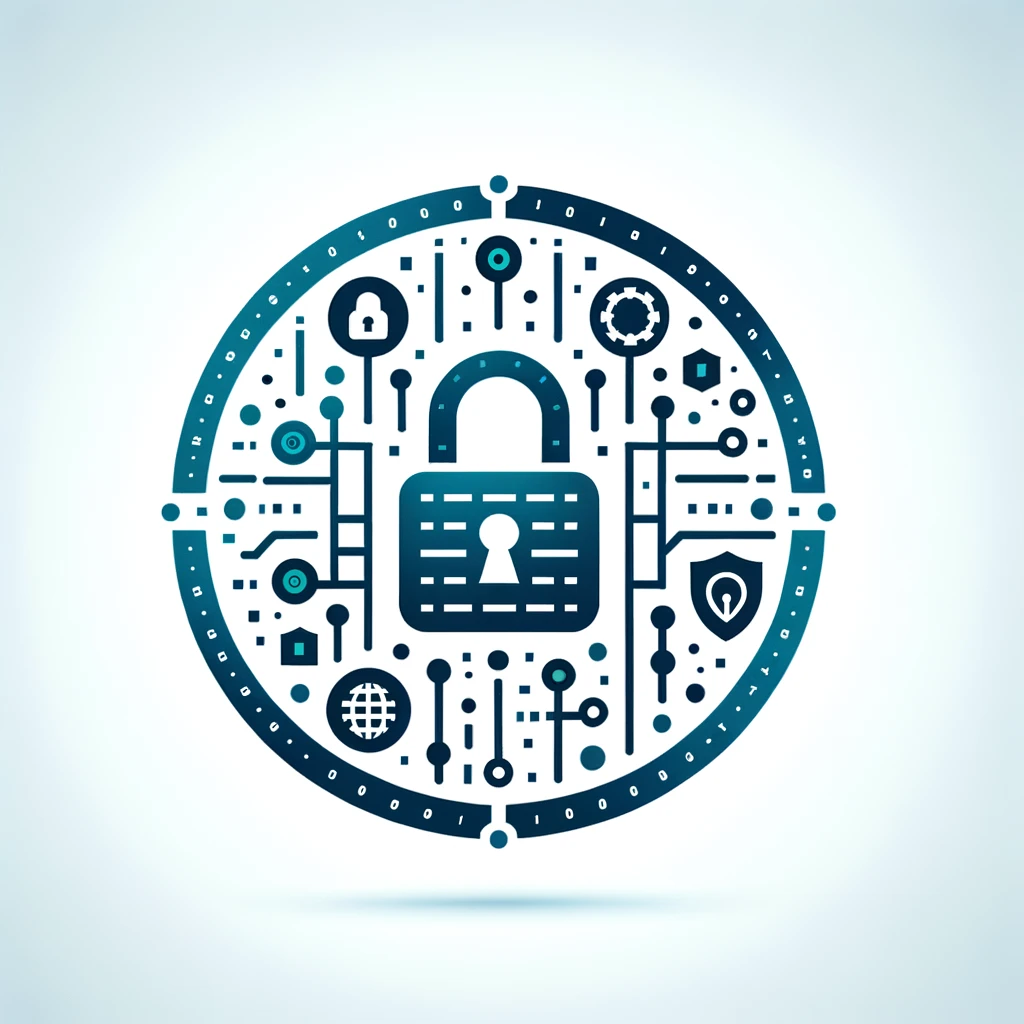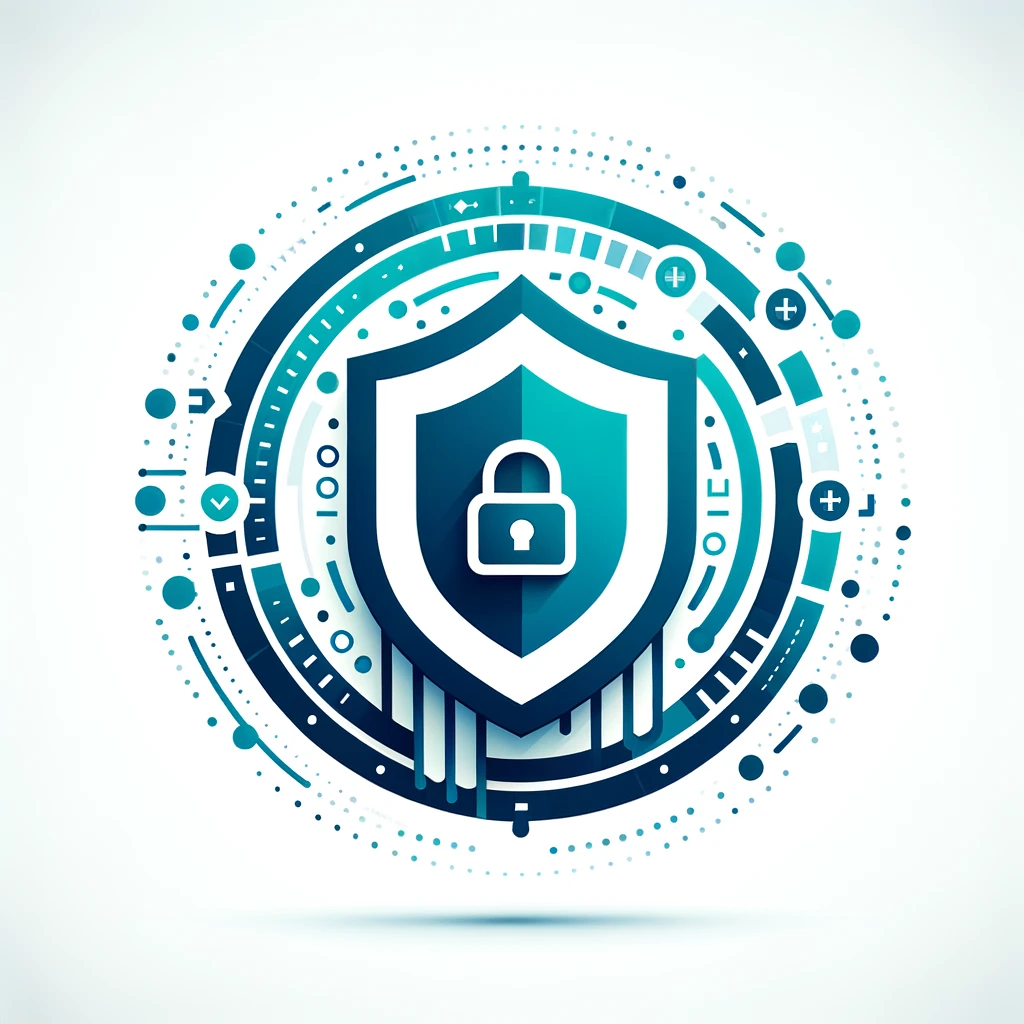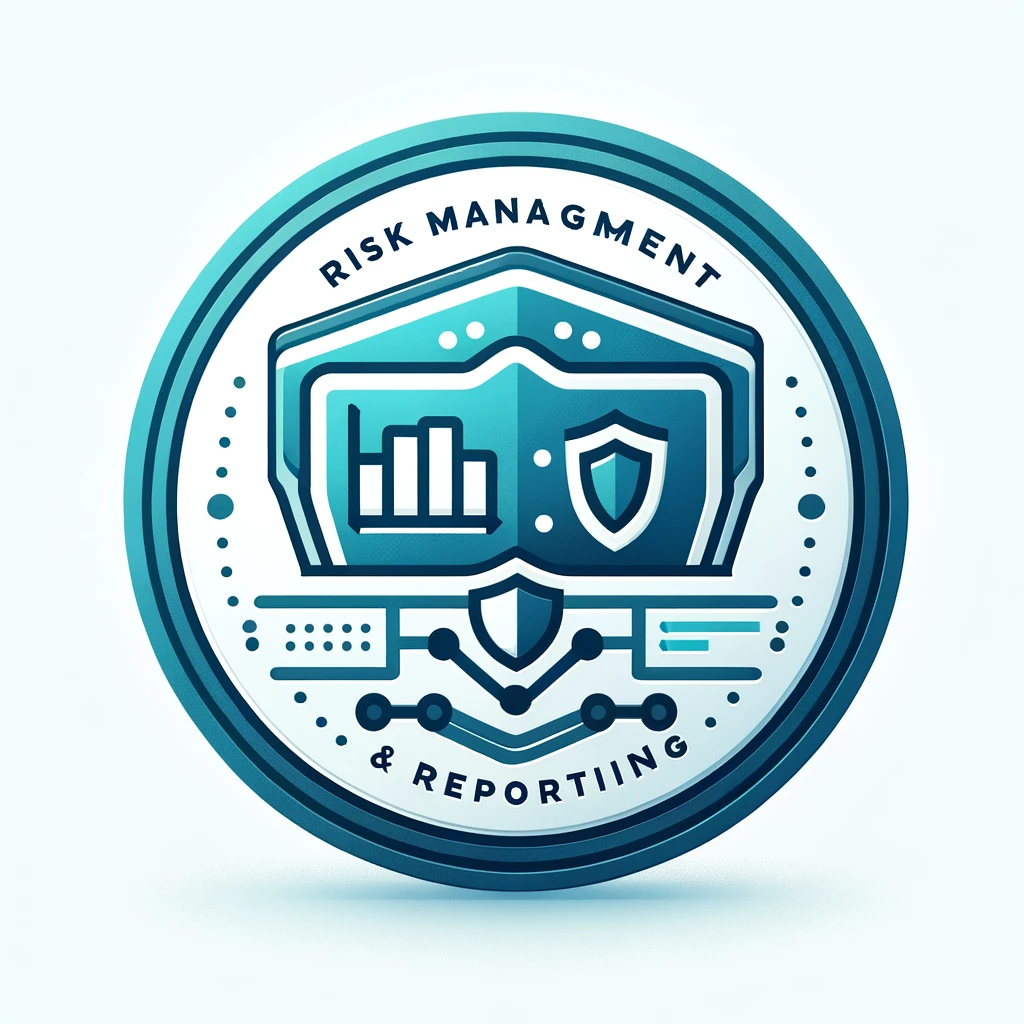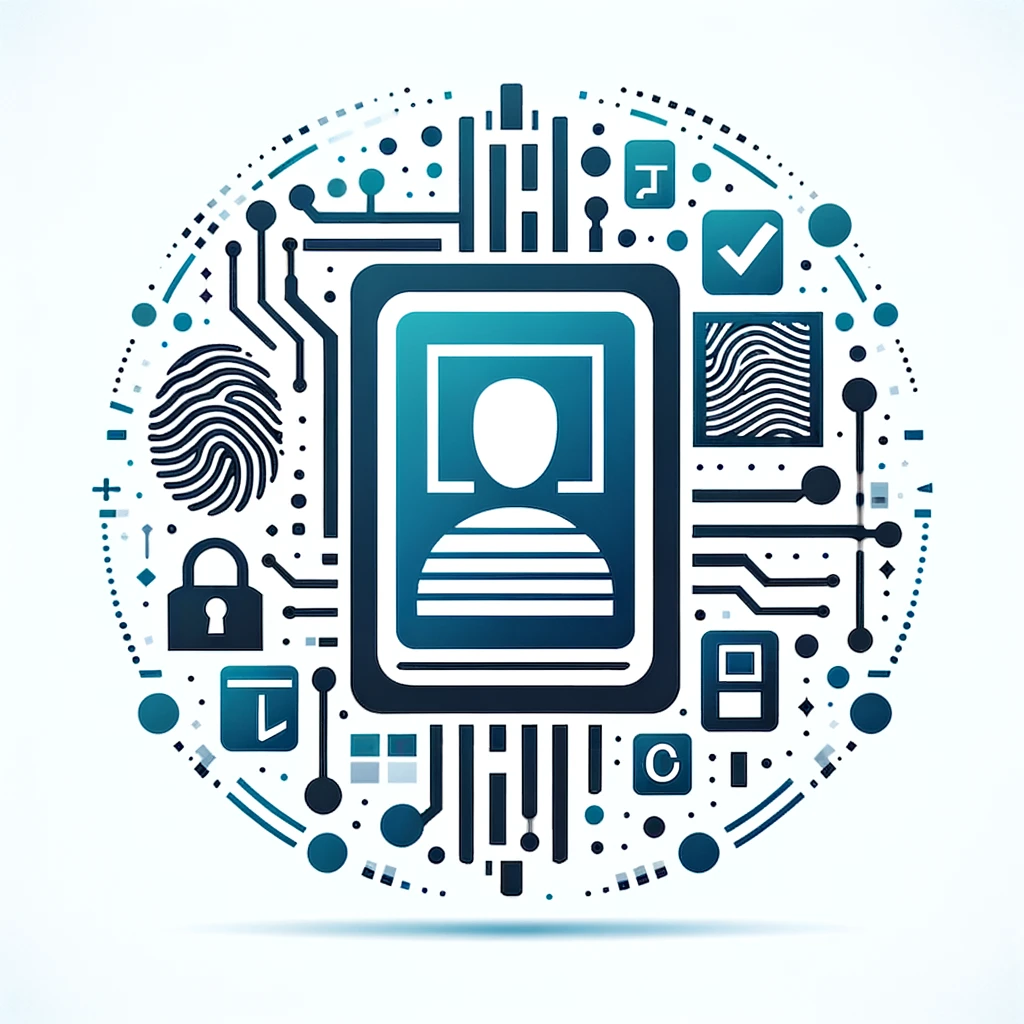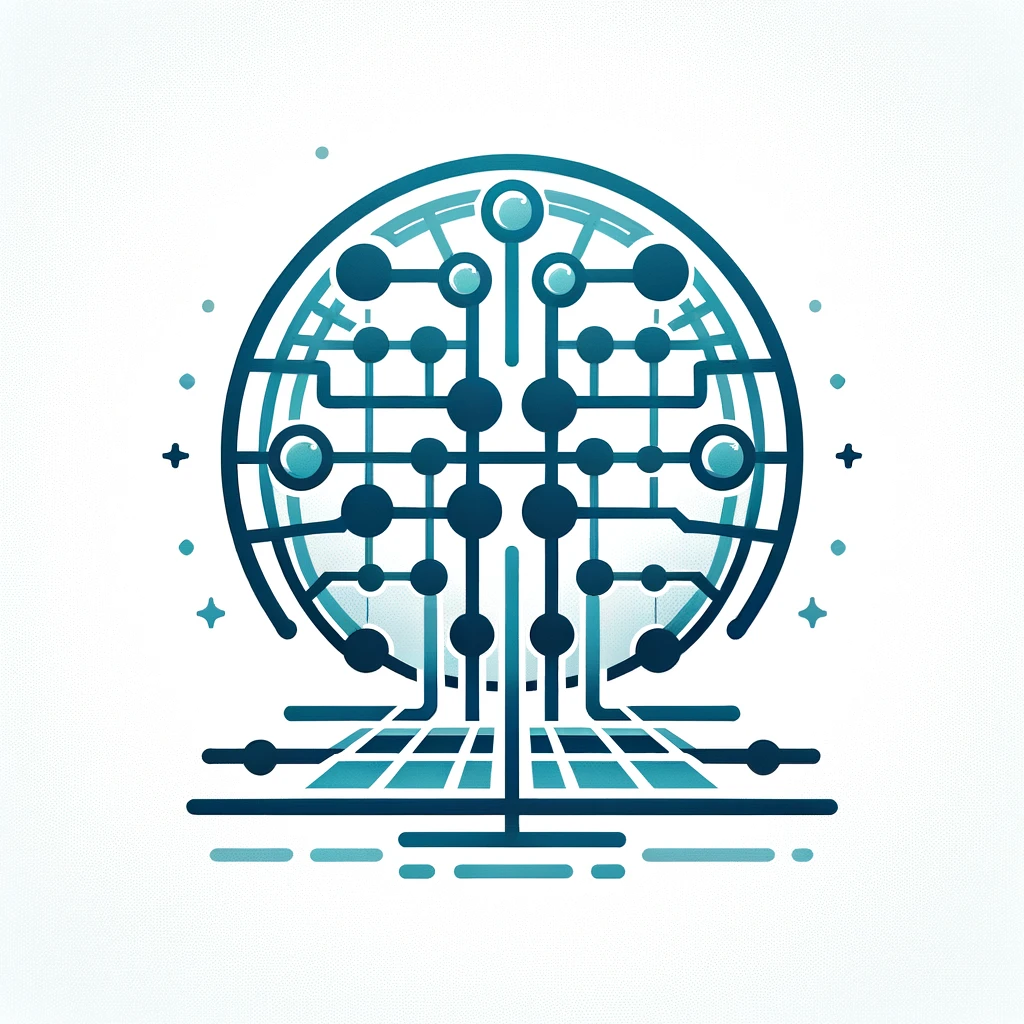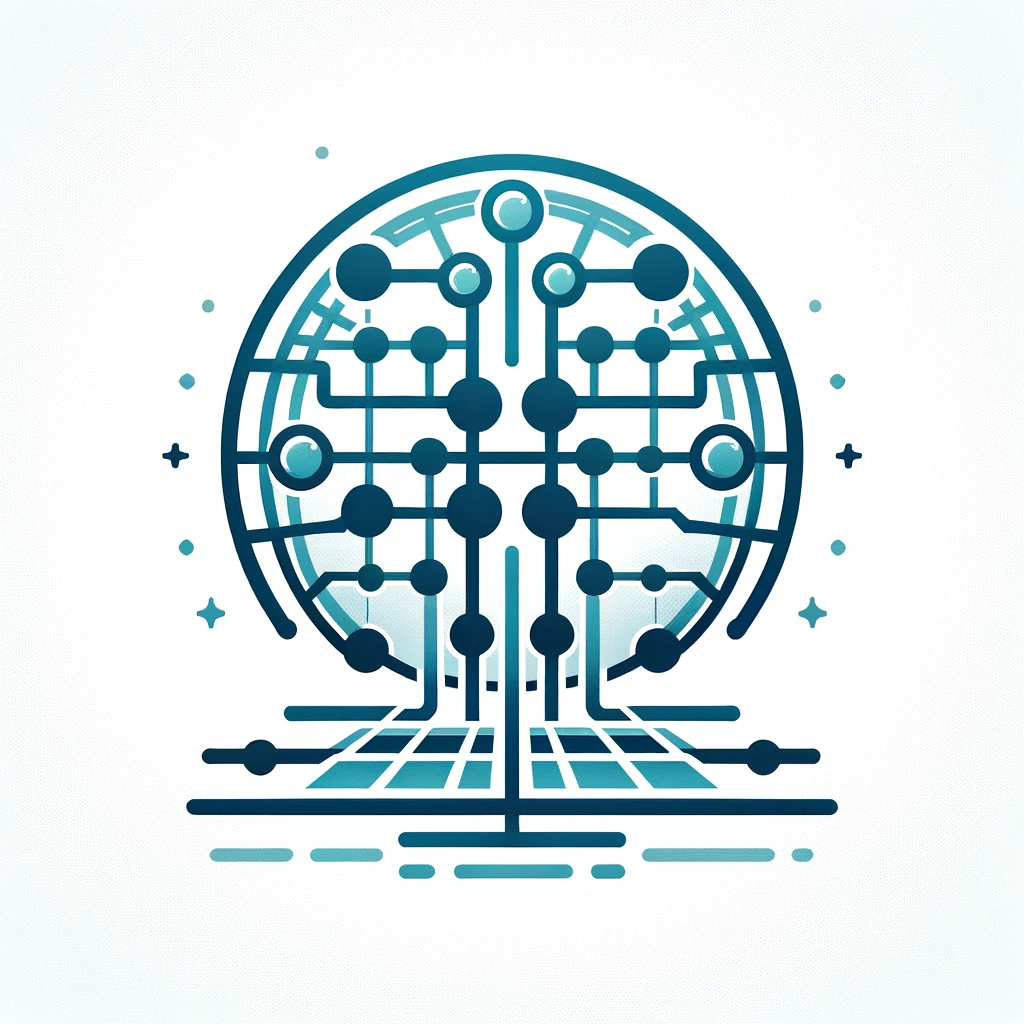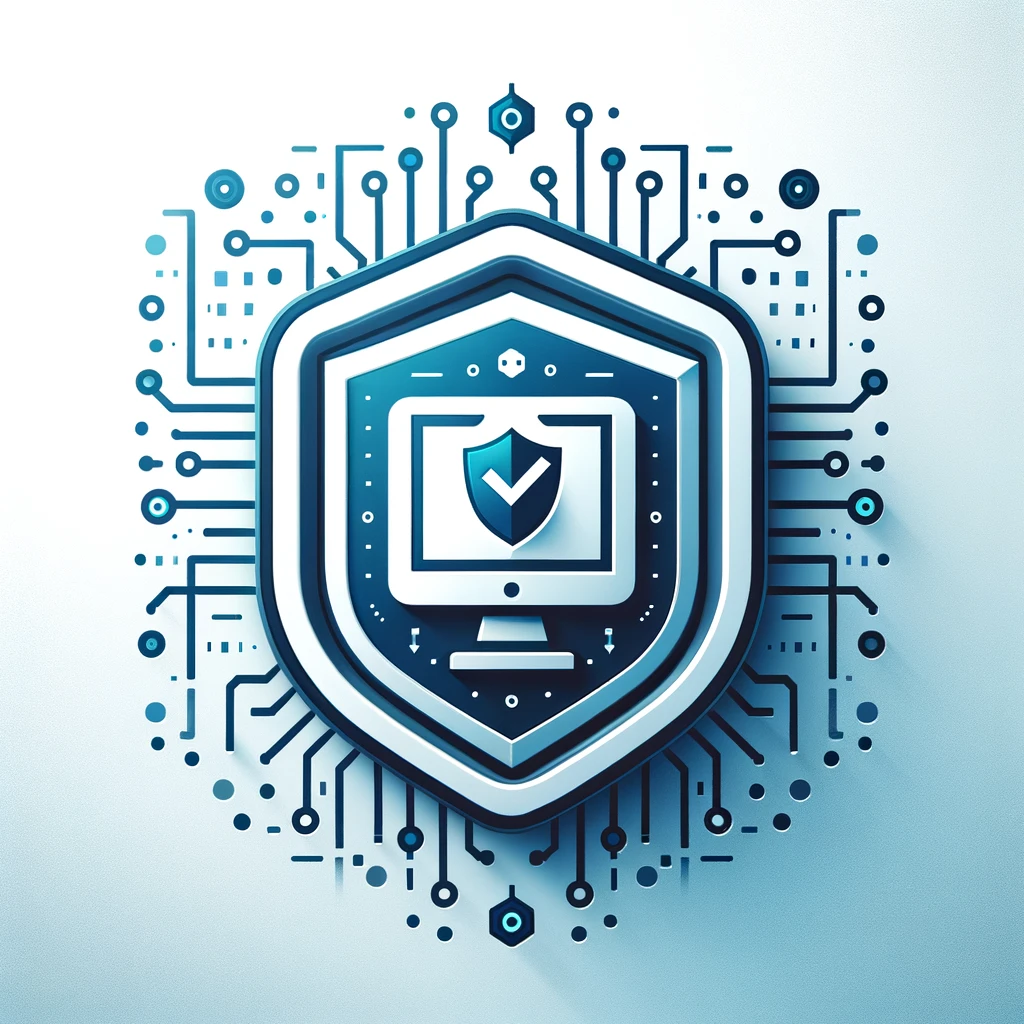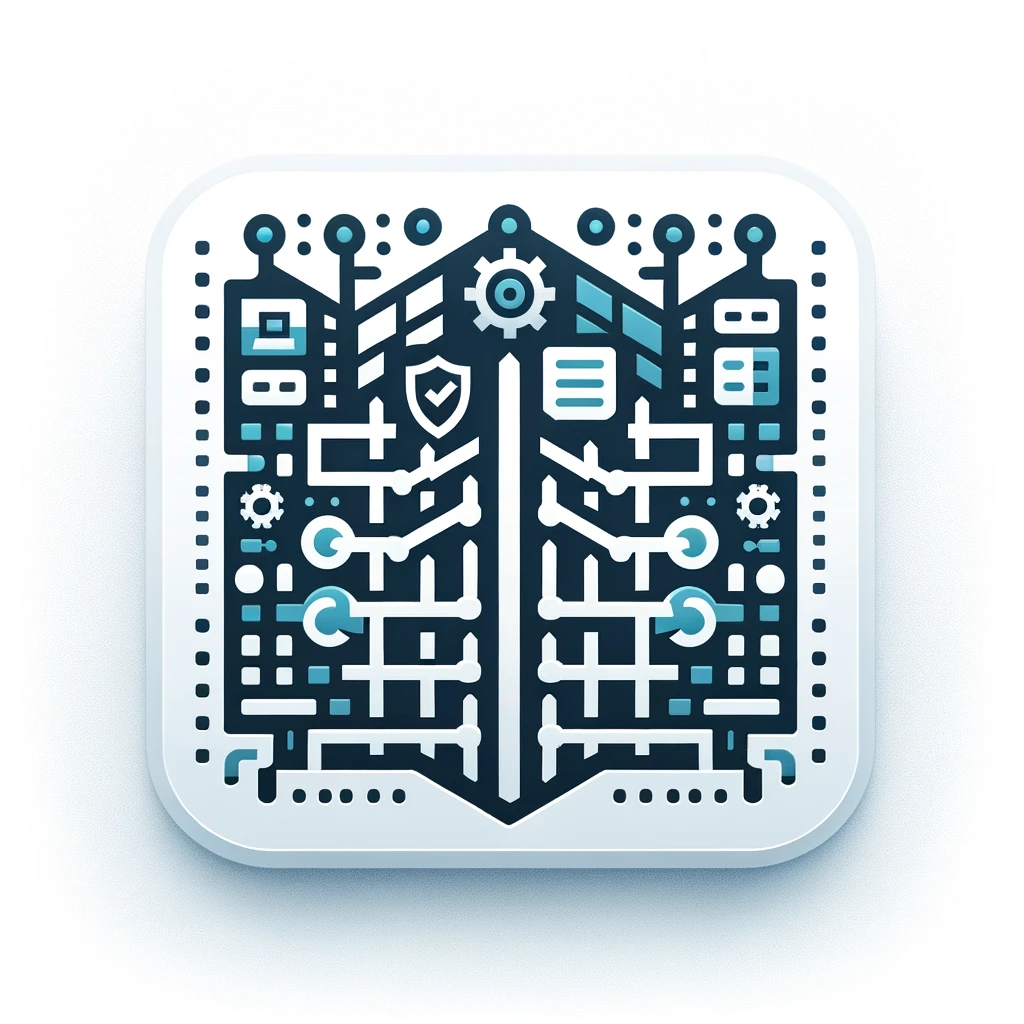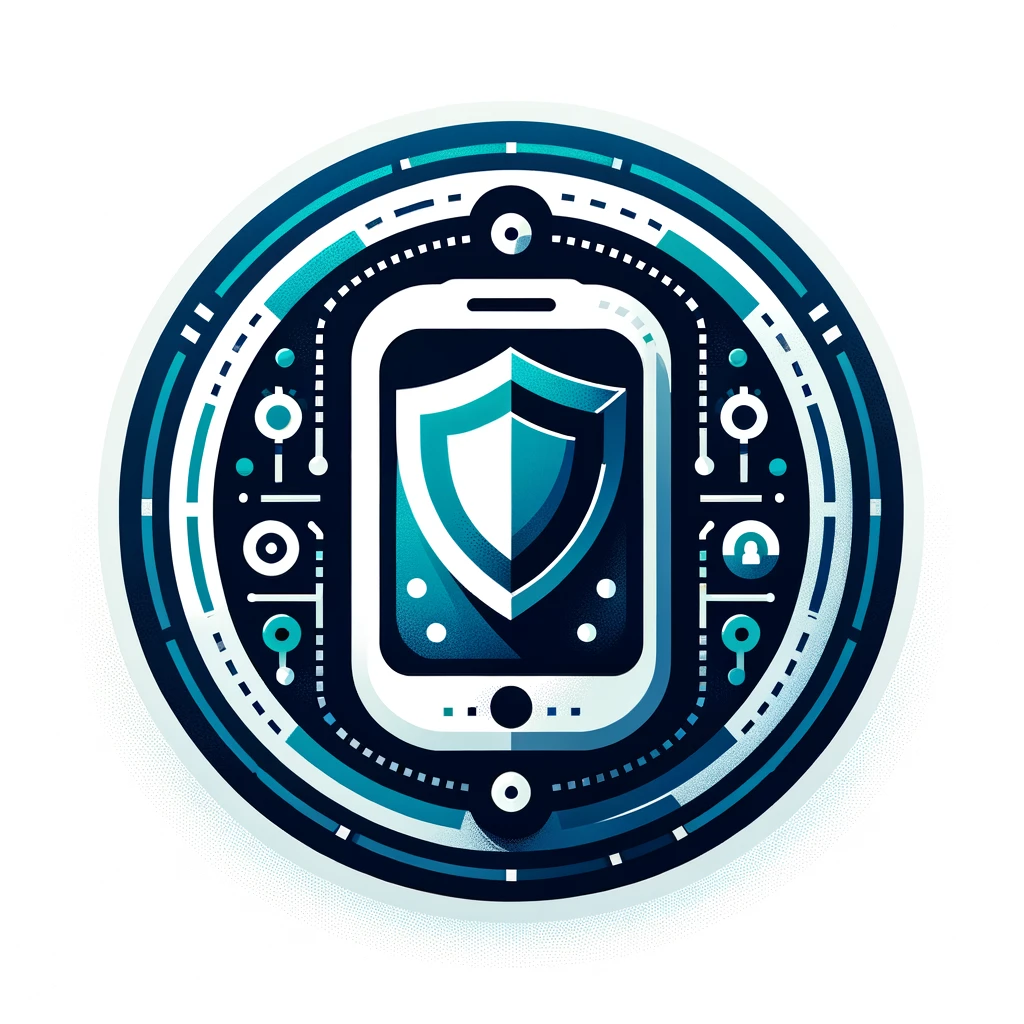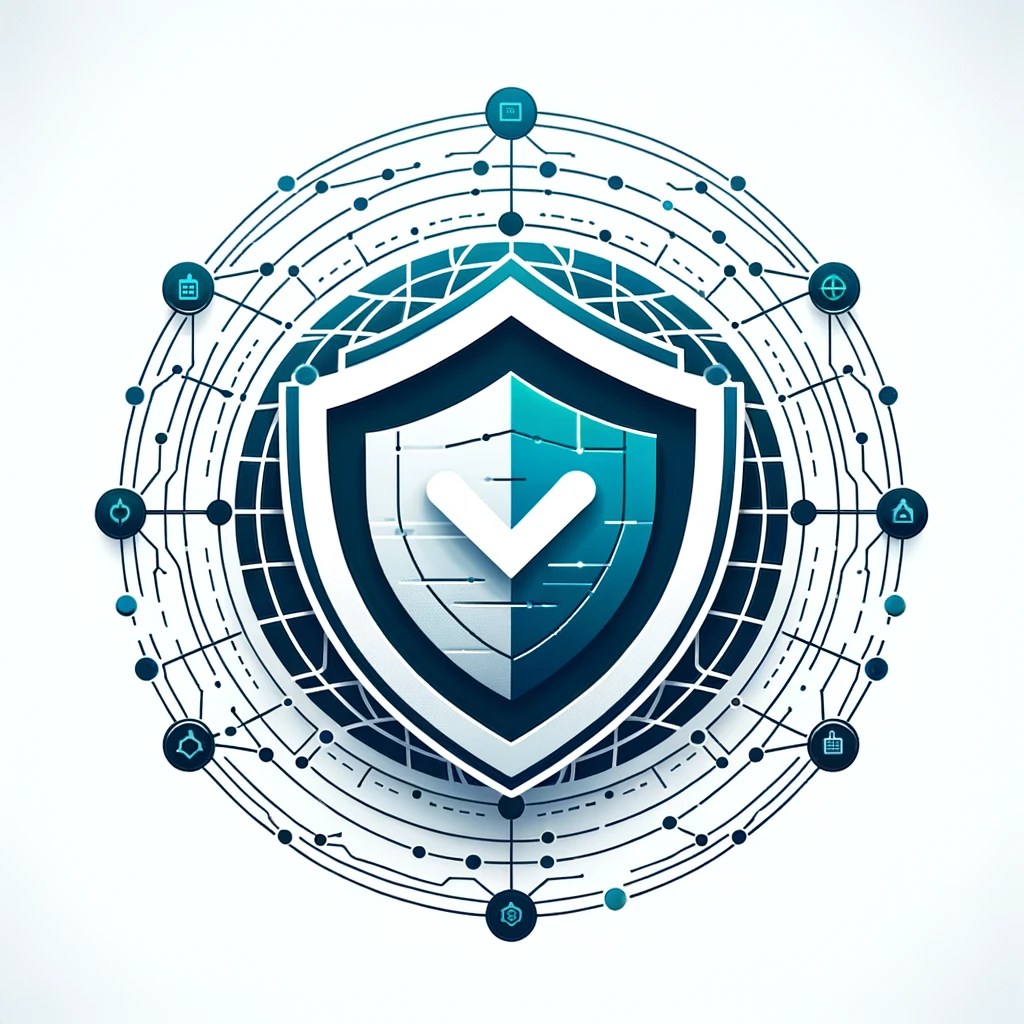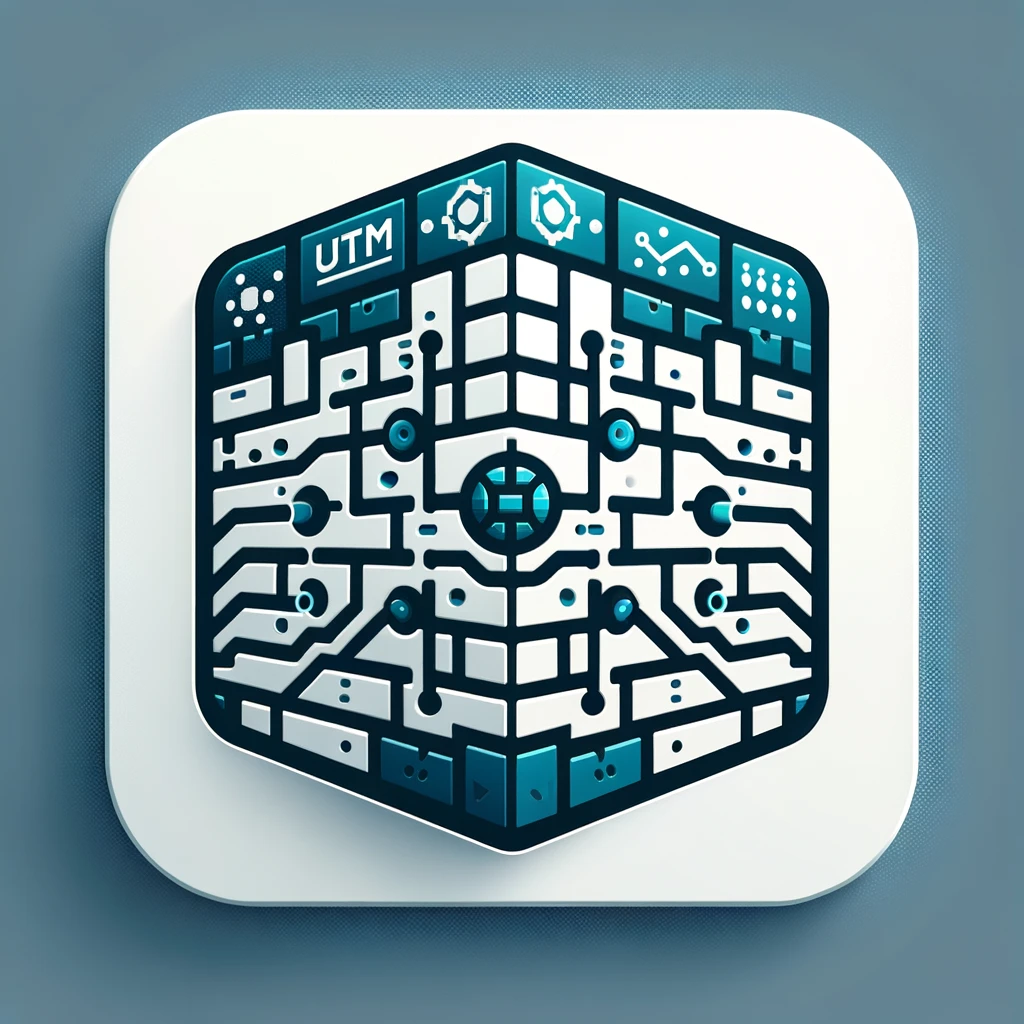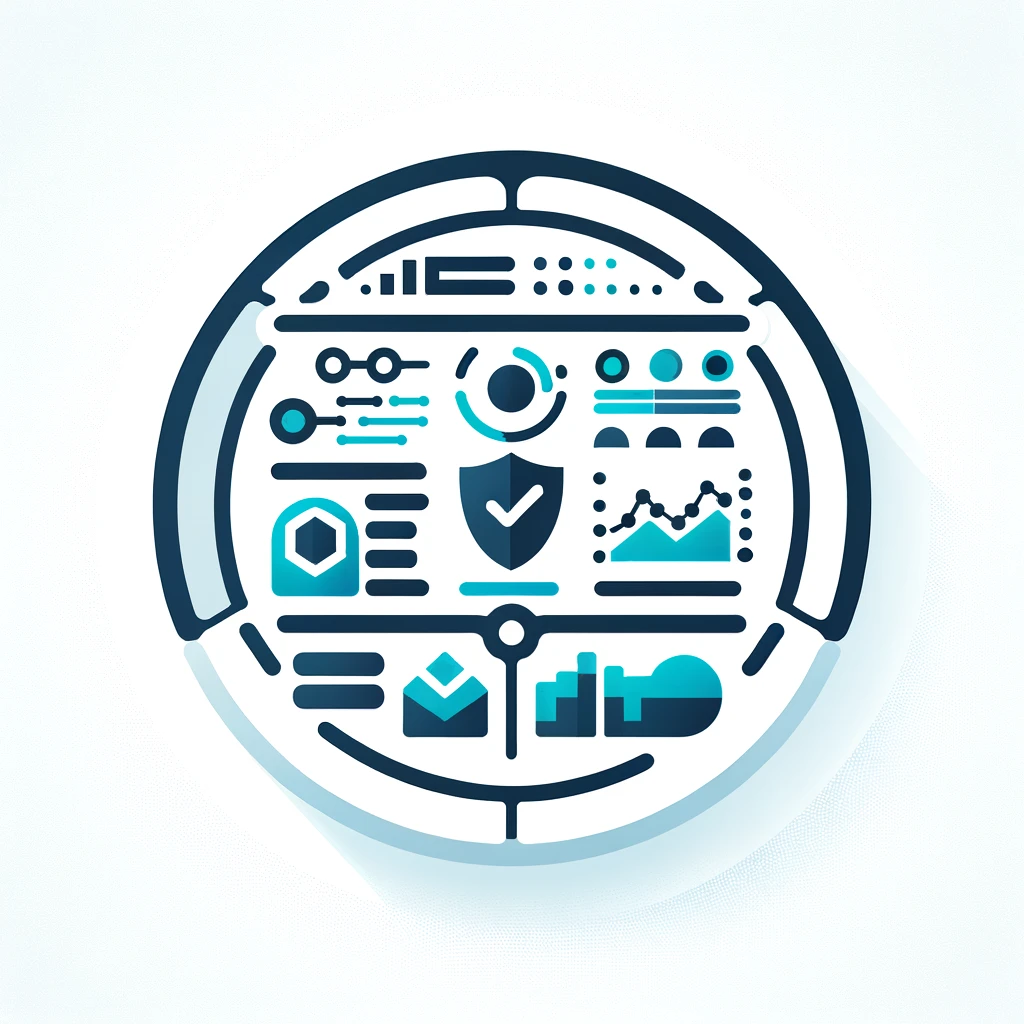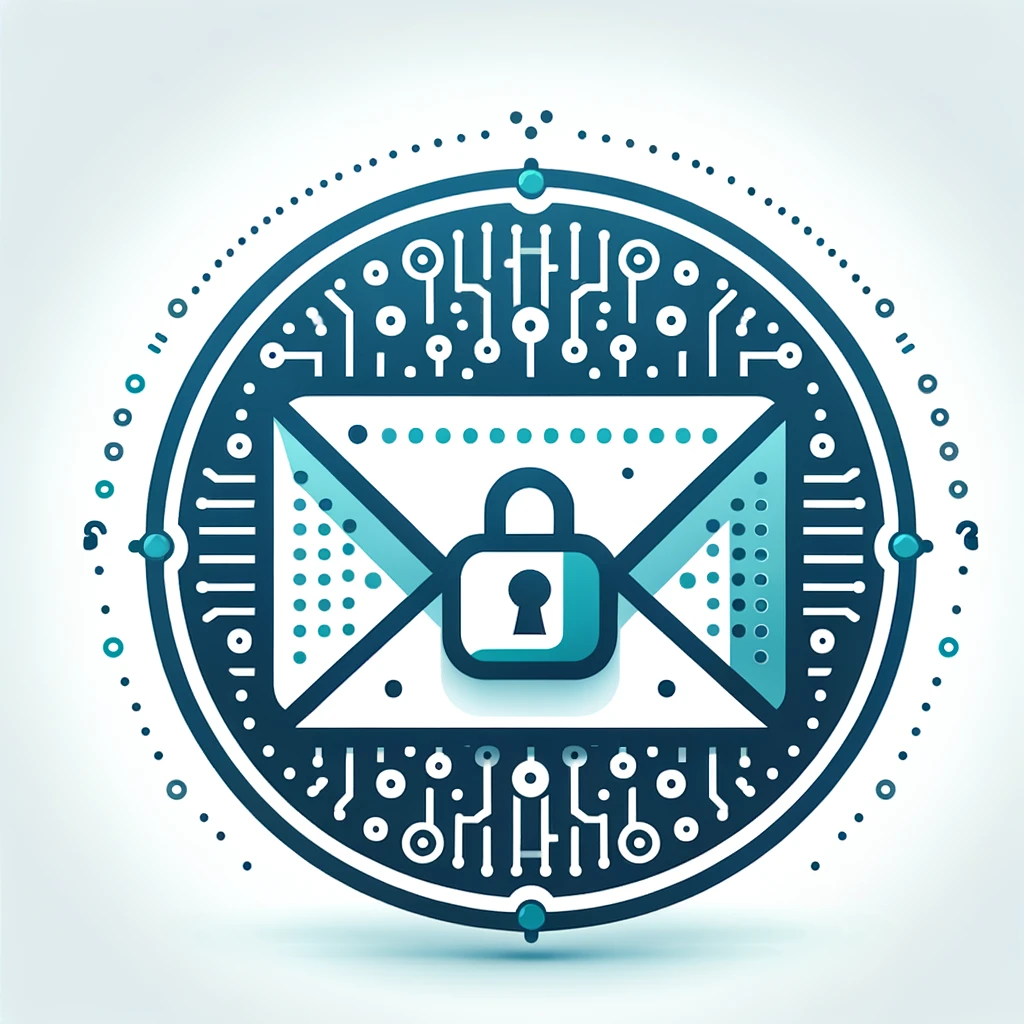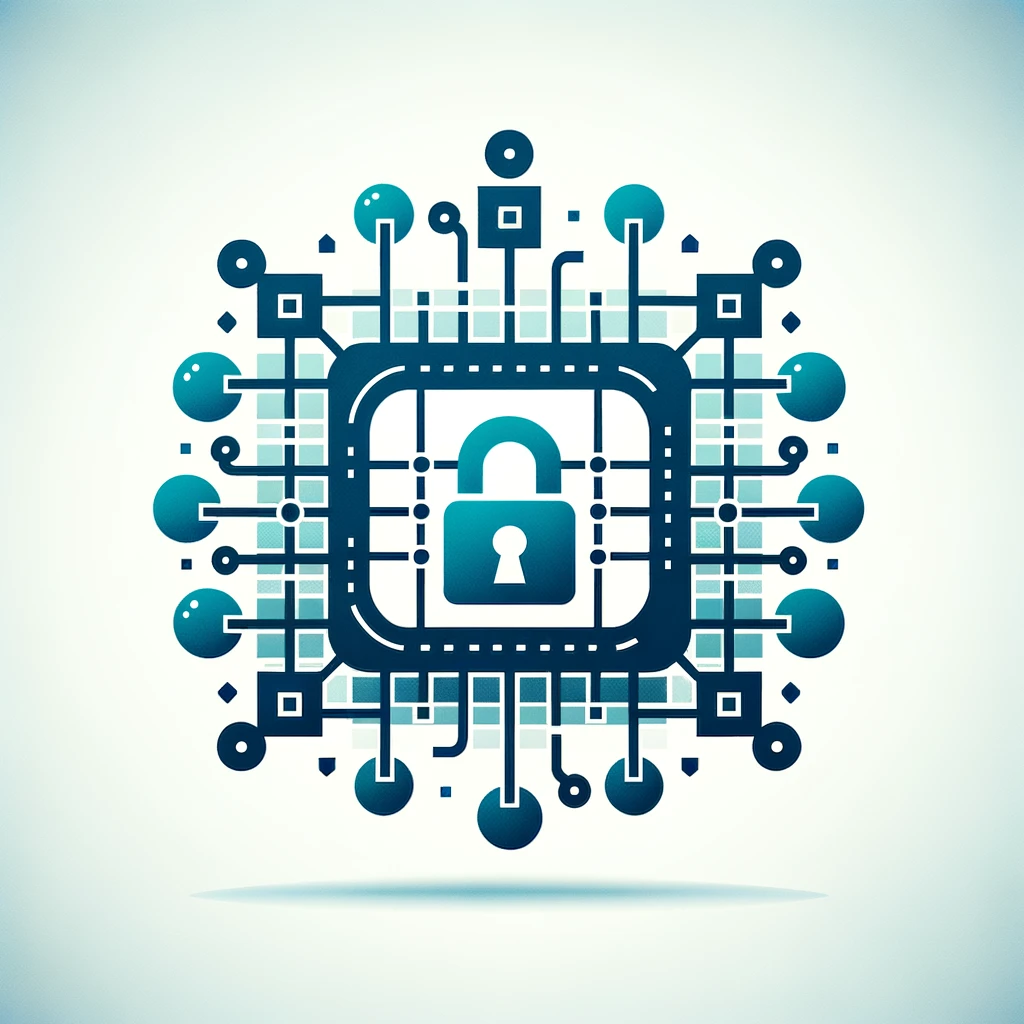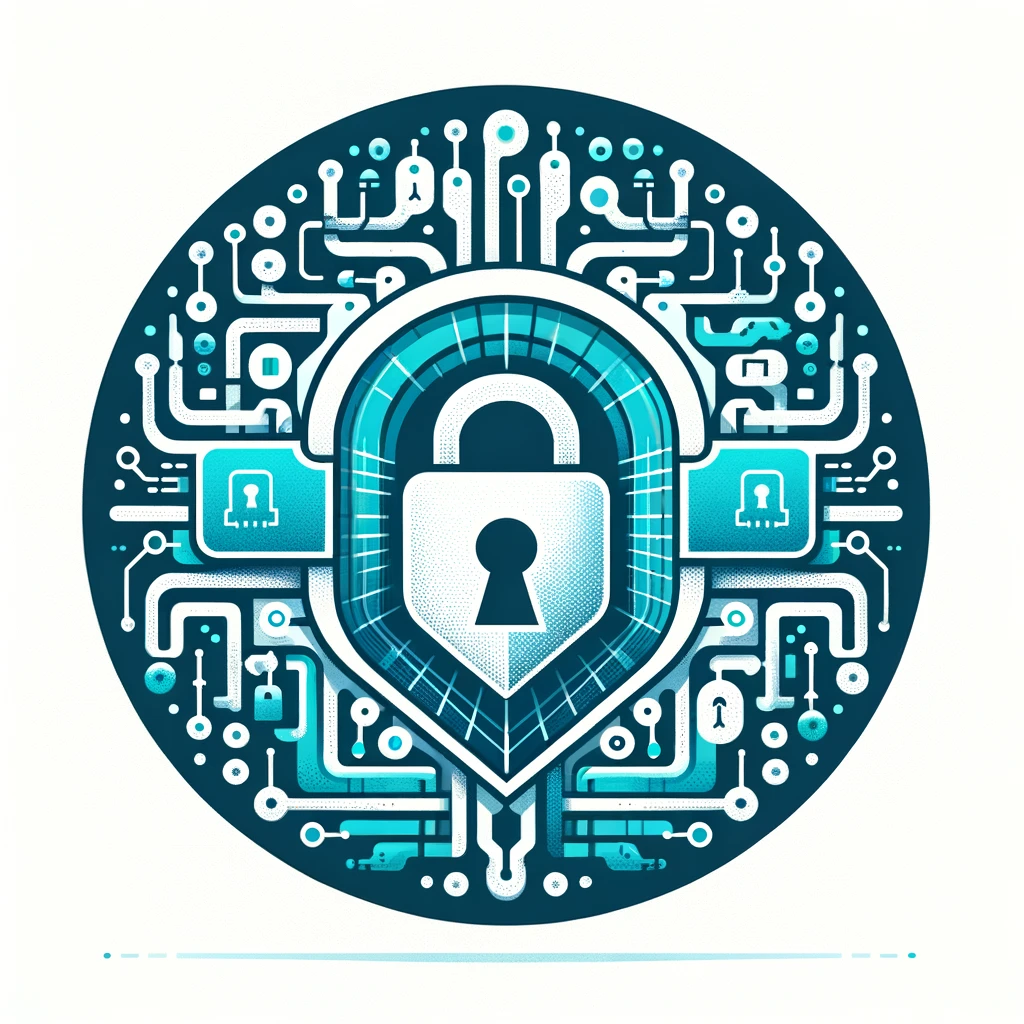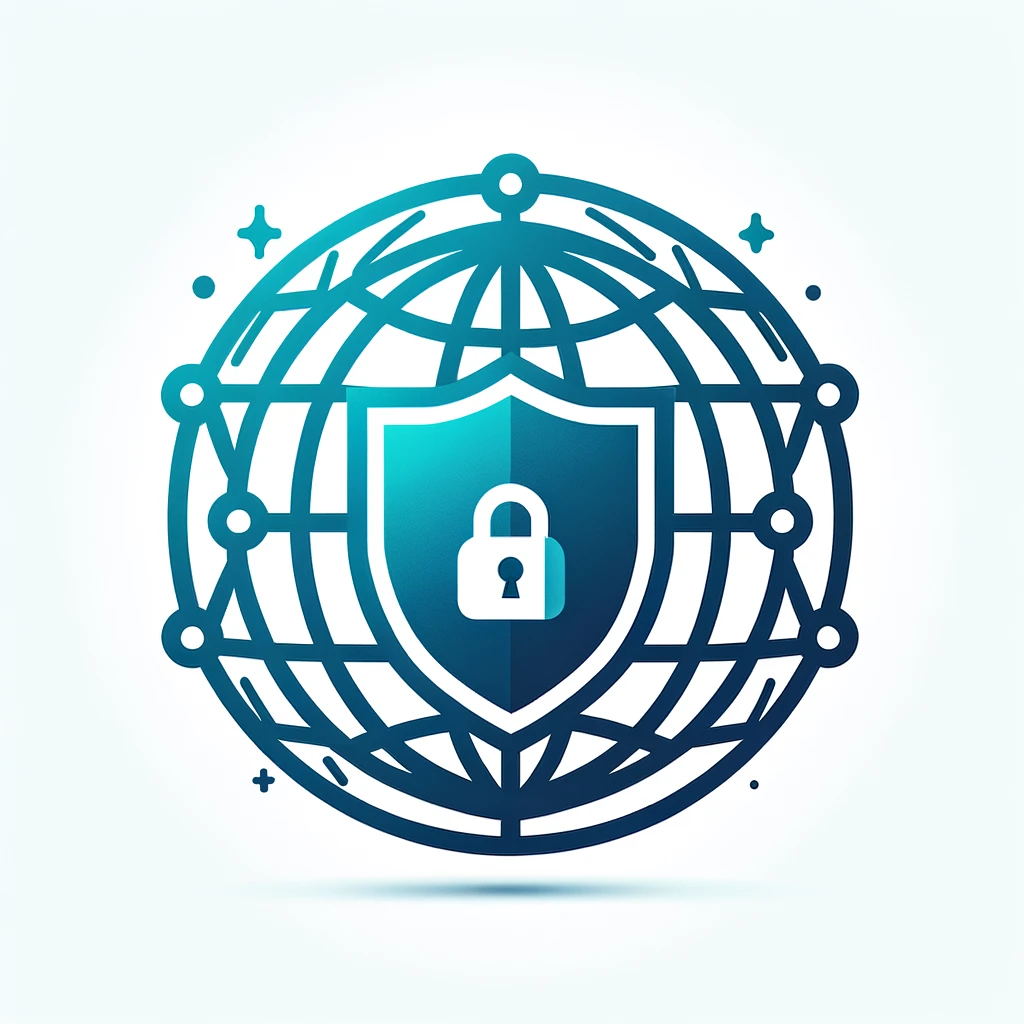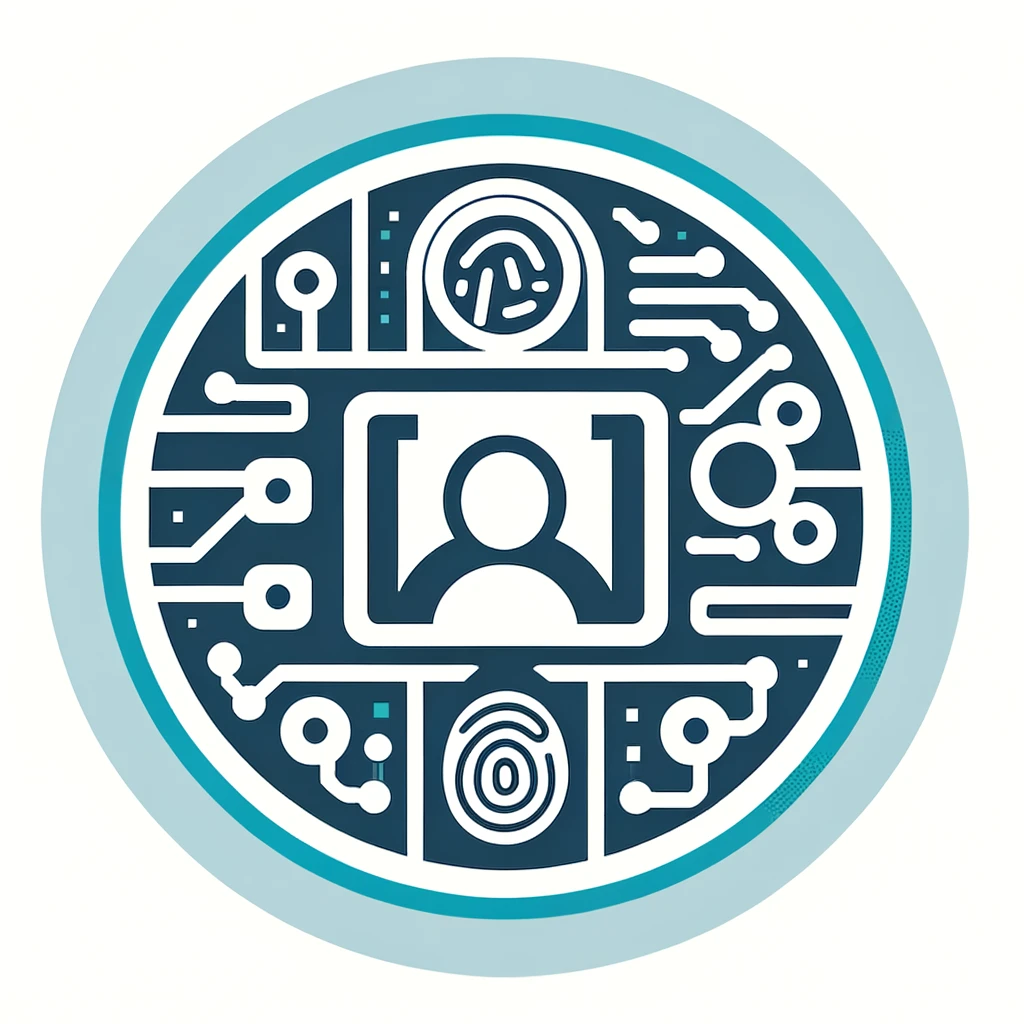DDoS Protection
DDoS protection can be used to protect against so-called distributed denial-of-service (DDoS) attacks, in which a large number of infected systems are maliciously used to attack a single target. The target system is usually unable to handle the large amount of requests and is therefore no longer accessible to its users; the flood of incoming messages forces a shutdown of the system and therefore also of the services provided to legitimate users via this system.
Cloud Access Security Broker (CASB)
Cloud apps should be accessible as flexibly and easily as possible, preferably from any location with internet access and from any end device. However, it is precisely this simplicity of cloud access that often makes it easy for unauthorised third parties to access cloud data and misuse cloud apps. Among other things, cloud access security brokers ensure that network traffic between on-site devices and the cloud provider only takes place in accordance with the organisation’s predefined rules and policies. They are also useful because they provide insight into the use of cloud applications across multiple cloud platforms and can therefore recognise unintended use.
Application Layer Gateway
Application layer gateways are placed between the secure and insecure network; a proxy server is set up on them for each service to be monitored, which, unlike packet filtering, can be used to monitor the content. In this way, active content such as ActiveX controls or Java applets can be filtered out of HTML pages or the e-mail can be scanned for viruses.
Data Loss Prevention (DLP)
“Data loss prevention” and “data leakage prevention” are usually used synonymously, but some specialists also differentiate between them in technical discussions: “Data loss prevention” is protection against the unwanted outflow of data that causes damage and is also noticed, while “data leakage prevention” stands for protection against the suspected but unmeasurable and sometimes undetectable passing on of information to unwanted recipients.
Firewall (inkl. UTM & NG)
Modern firewall systems now offer a much broader range of integrated features in addition to the conventional functions of a firewall; UTM firewalls provide everything a security expert needs: Firewall, anti-virus, filtering features for web content,emails, application control and network functions (e.g. routing and load balancing) in just one appliance.
Network IPS
Intrusion prevention systems (IPS for short) are intrusion detection systems (IDS for short) that go beyond the mere generation of events to provide functions that can also block a detected attack. Network IPS includes all solutions that can provide centralised protection for the company network.
VPN / SSL / ZTNA
A conventional VPN is a virtual, self-contained communication network that uses an existing communication network as a transport medium. It is used to connect participants in the existing communication network with another network. In addition to traditional networking via VPN gateways, SSL VPN is also increasingly being used to connect individual end devices. With ZTNA administrators can granularly control access to internal resources and restrict access based on the client’s health state.
Data & Device Encryption
Data & device encryption refers to the encryption of data (such as folders, files, databases, etc.) and devices (such as hard drives, USB sticks, cloud storage, etc.). The aim of encryption is to subject the data to a mathematical transformation so that it is not possible for an attacker who gains possession of the data to extract the original data from the transformed data.
Endpoint Security-Firewall
Modern firewall systems now offer a much broader range of integrated features in addition to the conventional functions of a firewall; firewalls provide everything a security expert needs: Firewall, anti-virus, filter functions for web content and emails, application control and network functions (e.g. routing and load balancing) in just one appliance.
Mobile Device Security (MDM, MAM)
Mobile device security summarises a wide range of solutions for securing mobile devices in companies and is becoming increasingly important due to trends such as BYOD. While mobile device management (MDM) focuses on the activation of mobile devices, the roll-out and controlled provision of smartphones and tablets in the company and the implementation of guidelines, mobile application management (MAM) deals with the provision, licensing, configuration, application lifecycle management (ALM) and usage tracking of mobile applications.
Network & System Management
We define Network & System Management solutions as products that can be used to centrally administer and monitor a wide range of systems used in the company. The primary goal of network and system management is to ensure that networks and systems function optimally and efficiently to fulfil a company’s business requirements while providing a secure environment for sensitive data and information.
Security Information & Event Management (SIEM)
Security Information and Event Management (SIEM) is an approach to security management that aims to provide a holistic view of the security of an organisation’s IT. The SIEM system is based on the principle that relevant data about a company’s security is collected in different places and that it is much easier to recognise trends and patterns that deviate from the usual pattern if all this data can be viewed in one central location. SIEM combines the functions of Security Information Management (SIM) and Security Event Management (SEM) in one security management system.
Identity & Access Management
Identity management refers to the targeted handling of information relating to identity, pseudo-anonymity and anonymity. One of the reasons why companies are concerned with identity management is the requirement to keep personal data consistent, constantly available and reliable. The complexity of one’s own identity and its disclosure via the Internet has become increasingly important, particularly against the background of unauthorised data use.
Network Access Control (NAC)
Network Access Control (NAC) is a technology that supports the defence against viruses, worms and unauthorised access from the network. With NAC, end devices are checked for policy compliance during authentication. If, for example, the virus scanner is not up to date or the client operating system is missing the latest security patch, the affected end device is quarantined and provided with the latest updates until it once again complies with the applicable security guidelines. Initially, the functions required for this were distributed across network components such as routers, switches and firewalls. In addition, a certificate can be used to verify whether or not a user or device attempting to connect to the network is authorised to do so. This allows better control over which people or devices are granted access to certain networks.
Network Infrastructure
All solutions required to set up a physical network are summarised under Network Infrastructure; this primarily includes switches and routers. The purpose is, for example, to connect various areas within a building and thus grant network access. Solutions for setting up a wireless network are included in the separate Wireless Infrastructure category.
Privileged Access Management
While users usually have to change their access data on a regular basis, hard-coded passwords for databases and server applications that require protection often remain untouched for a long time and are stored in plain text on the system. PAM solutions are also used to control and audit the administrative, privileged access of employees.
Single Sign On (SSO)
Single sign-on (SSO) is an authentication process for a user’s session. It allows a user to enter a name and password to gain access to multiple applications. The process authenticates the user for all applications to which they have been granted access. There are no further prompts for identification. This allows the user to conveniently switch back and forth between applications in one session.
Vulnerability Management
Vulnerability management is a proactive approach to ensuring network security and consists of identifying, classifying, priorisation and eliminating vulnerabilities in systems, particularly in relation to software and firmware.
This systematic approach focuses on reducing the risk of security breaches and attacks by ensuring that potential vulnerabilities are recognised and remedied before they can be exploited by cyber criminals or pose potential risks to the system. Vulnerability management includes tasks such as vulnerability scanning, penetration testing and patch management. The purpose is to create a comprehensive security concept that can protect systems and data from unauthorised access, modification or destruction.
Application Delivery Controller (ADC)
The functions of an application delivery controller usually include load balancing, performance optimisation, failover, resource utilisation of a data centre and the security of enterprise applications. Application delivery controllers are usually placed strategically behind a firewall and in front of one or more application servers. This makes the device a central control point that takes care of the security of an application. The Application Delivery Controller also offers simple authentication, authorisation and booking.
Backup & Recovery
Backup refers to the saving of files or databases so that they are preserved in the event of a device failure or other disaster. Backups are usually a routine task in the operation of large organisations with mainframes or for administrators of smaller business computers. Backups are also necessary for users of personal computers, but are often neglected. The retrieval of backed up files from a backup is called recovery.
Database Security
Database security refers to the use of a wide range of information security controls to protect databases against threats to confidentiality, integrity and availability. It includes different types or categories of control, such as technical, procedural, administrative and physical.
E-Mail Archiving
Email archiving is an independent term for the long-term, unalterable and secure storage of electronic messages. This archiving is based on the one hand on legal requirements for the complete documentation of tax-relevant documents and on the other hand on the requirements of companies and private individuals for the management of increasingly complex e-mail communication data and processes.
Data & Device Encryption
Data & device encryption refers to the encryption of data (such as folders, files, databases, etc.) and devices (such as hard drives, USB sticks, cloud storage, etc.). The aim of encryption is to subject the data to a mathematical transformation so that it is not possible for an attacker who gains possession of the data to extract the original data from the transformed data.
Network Infrastructure
All solutions required to set up a physical network are summarised under Network Infrastructure; this primarily includes switches and routers. The purpose is, for example, to connect various areas within a building and thus grant network access. Solutions for setting up a wireless network are included in the separate Wireless Infrastructure category.
Security Policy Orchestration
Modern corporate networks consist of a wide variety of security components whose centralised management is the goal of security policy orchestration. This includes solutions for the centralised administration of heterogeneous networks or software-defined networks.
Managed MDR (Managed Detection Response)
Managed Detection and Response (MDR) is a security service that prioritises the handling of detection and response capabilities on behalf of a customer. MDR enables companies to operate a turnkey Security Operations Centre (SOC) at a low percentage of the cost of building their own programme.
Application Delivery Controller (ADC)
The functions of an application delivery controller usually include load balancing, performance optimisation, failover, resource utilisation of a data centre and the security of enterprise applications. Application delivery controllers are usually placed strategically behind a firewall and in front of one or more application servers. This makes the device a central control point that takes care of the security of an application. The Application Delivery Controller also offers simple authentication, authorisation and booking.


